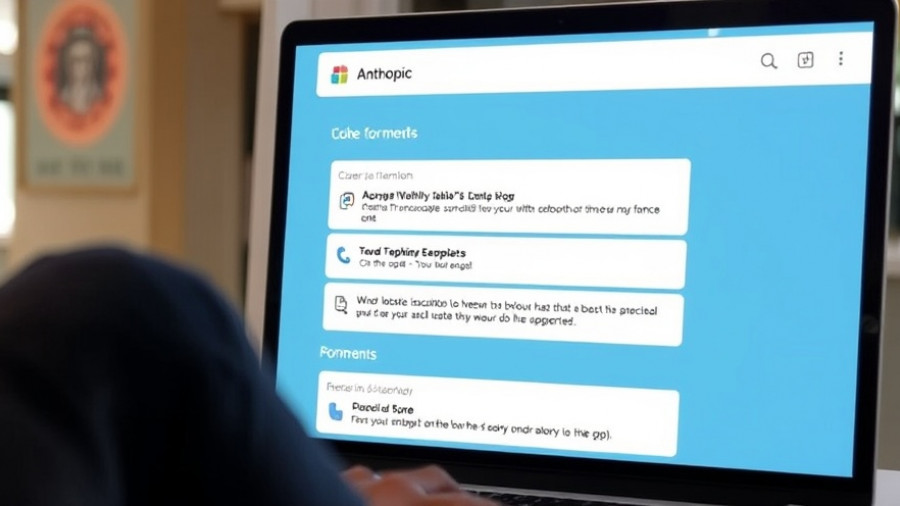
Anthropic’s Growing Revenue: A Double-Edged Sword
In the cutthroat world of artificial intelligence, where innovation comes with its own set of challenges, Anthropic has made headlines by achieving an astounding annual revenue rate of $5 billion. This impressive number, fueled primarily by its Claude AI models, reveals a paradox: while growth is evident, the reality is that the company is dangerously reliant on just two clients—Cursor and GitHub Copilot. Such dependency raises critical questions about sustainability in an industry that is rapidly evolving and increasingly competitive.
The Pricing War Heating Up
The landscape for AI products is shifting, with fierce price competition threatening margins for developers like Anthropic. Competitors, most notably OpenAI with its anticipated GPT-5 model, are gearing up to offer similar performance capabilities but at lower prices. This reality puts Anthropic in a challenging position, where customer retention becomes paramount. Companies are reevaluating their AI budgets against a backdrop of economic uncertainty, and as business leaders tighten their belts, costs become a critical factor in maintaining profitability.
Risks of Heavy Client Concentration
The dependence on Cursor and GitHub Copilot is not merely a financial statistic but an operational risk. If either client opts to renegotiate their contracts or, worst-case scenario, moves to a competitor, the consequences could be dire. Reports suggest that Cursor has already begun adjusting its pricing in reaction to Anthropic's own rate hikes, further illustrating this intertwined relationship. This creates a precarious balancing act for Anthropic as its success is closely tied to the fortunes of these major clients within the ecosystem of AI.
Economic Pressures and Operational Costs
Another layer of complexity arises from Anthropic's operational costs, estimated at a staggering $2 billion annually, predominantly due to cloud infrastructure expenses. Commentary from industry analysts, including posts on platforms like X (formerly Twitter), indicate concerns about Anthropic's ability to achieve profitability as they continue to burn through cash. The financial metrics suggest a troubling scenario: while annualized revenue numbers are impressive, they lag significantly behind what's needed for sustainable growth. This discrepancy raises alarms about whether the company can manage its expenditures and achieve long-term viability in a saturated market.
Long-Term Viability: Strategies for Diversification
To navigate these turbulent waters, Anthropic must consider diversifying its client base and securing additional revenue streams. This strategy would help cushion against potential downturns stemming from the loss of major clients and allow for a more robust financial foundation. Engaging with a wider array of customers could lessen the impact of pricing pressures and volatility within the AI market, providing a more stable economic outlook as competitors continue to challenge existing business models.
Innovations and Future Predictions
The evolution of AI technology also presents an opportunity for innovation and adaptation. As major players like OpenAI cut costs to remain competitive, there is potential for smaller entities such as Anthropic to innovate around specific niches within AI. For instance, focusing on developing unique applications of Claude AI can differentiate their offerings and capture a share of emerging markets that value bespoke AI solutions over generic models. This adaptability could provide Anthropic with a foothold that extends beyond their current business model.
A Balancing Act in AI
As Anthropic navigates these challenges, the firm’s response will reflect on the broader AI market. The reliance on high-profile clients does not only expose financial risks; it also highlights the difficulty of positioning innovative AI technologies in a crowded arena. Stakeholders must monitor these developments closely, as the outcomes could reshape the competitive landscape for AI developments. The urgency for Anthropic and similar companies is clear: evolve, diversify, and respond proactively to the pressures shaping the AI space.
 Add Row
Add Row  Add
Add 




Write A Comment